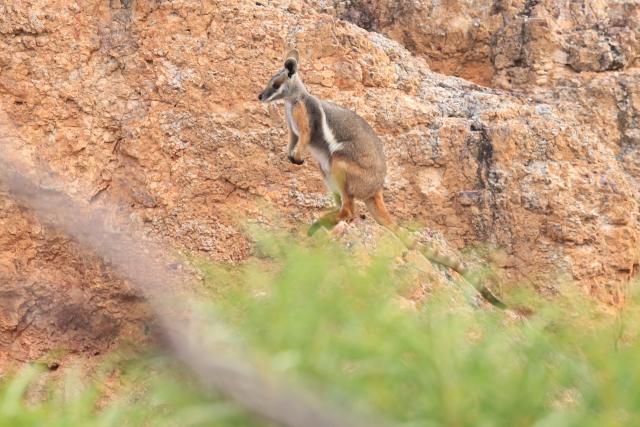The inside vs the ‘outside’

Digital Edition
Subscribe
Get an all ACCESS PASS to the News and your Digital Edition with an online subscription
Film exploring trauma and parenthood set for free Warwick screening
A groundbreaking documentary exploring the emotional journey of parenthood is set to be screened by BUSHkids in Warwick next month.
The not-for-profit rural health organisation...








